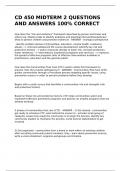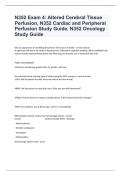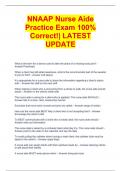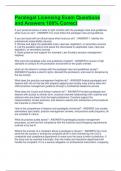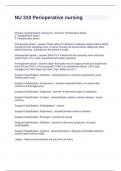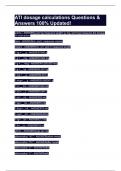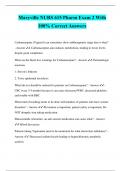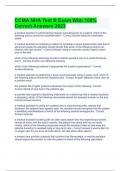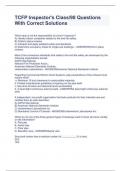Exam (elaborations)
CD 450 MIDTERM 2 QUESTIONS AND ANSWERS 100% CORRECT
- Course
- Institution
CD 450 MIDTERM 2 QUESTIONS AND ANSWERS 100% CORRECTCD 450 MIDTERM 2 QUESTIONS AND ANSWERS 100% CORRECTCD 450 MIDTERM 2 QUESTIONS AND ANSWERS 100% CORRECTCD 450 MIDTERM 2 QUESTIONS AND ANSWERS 100% CORRECTANSWERS 100% CORRECT How does the "risk and resilience" framework described by Jenson and Fr...
[Show more]
